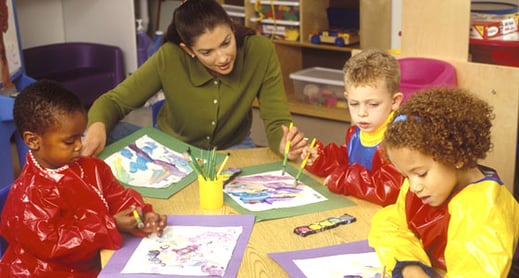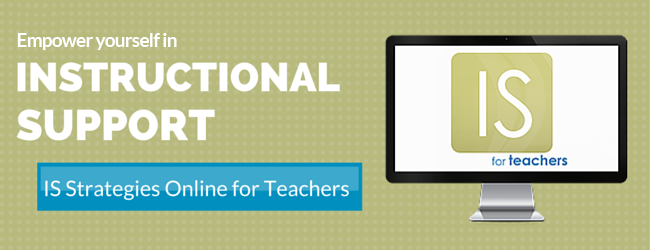
Teachers are amazing planners! They know how to take ideas and turn them into engaging and fun activities. But how does a teacher ensure that children will get the most out of each learning opportunity? Well, it all starts by having a clear learning objective that can be easily expressed to the children in a way in which they will all understand.
Let’s explore the purpose and practical use of Clarity of Learning Objectives.
-
We can use a train analogy to talk about learning objectives. If you think of a lesson or activity as the train, then the learning objective is the destination. Before the train can get rolling, tracks must be built leading it to the station. In the same way, the learning objective must be determined in order to lay out a clear path toward the desired outcome for children. Just like a train makes stops along its journey, the teacher should encourage “stops” to elicit and explore children’s thoughts, ideas, and real-world connections. While guiding the train gently toward the learning objective, the teacher can slow down to check for comprehension and get back on track or go full speed ahead when the children show they are ready to move along.
-
Clear learning objectives should be developed in advance by considering, “What exactly do I want my children to better understand through this activity?” or “What skills do I want my children to develop by engaging in this activity?” Once the objective is determined, the question becomes, “How can I express this objective in words my children can easily understand?”
So how can Clarity of Learning Objectives be incorporated into your daily lessons and activities? Just follow 3 easy steps.
-
Give an advanced organizer by telling the children in a simple sentence what they will learn and do in the upcoming activity. For example, “I am going to read a poem and you will listen for the sound the letter 'b' makes, which is |b|, and you will clap every time you hear the |b| sound.” This sets children up to be successful learners.
-
Provide reorientation statements to refocus the children’s attention during the activity. For example, “Wait! I heard some claps for the word “top.” Good for you for listening to the beginning sounds in words, but remember what sound we are listening for in this poem. Yes, it’s the sound that the letter 'b' makes, which is |b|. Let’s see what’s in this next line ...” This keeps all the children on track for learning.
-
Finish activities by giving a summary of what the children did and learned. “Wow, you did a great job clapping for the |b| sound whenever you heard it in this poem. Can anyone remember some of the words you heard that started with the |b| sound? Can you think of other words that begin with that |b| sound?” This confirms what the children learned.
Do you see how Clarity of Learning Objectives can help to keep both the children and the activity on track? When children can understand exactly what they will do and learn during an activity, it helps them focus their attention on what’s important. So, my fellow conductors, let’s grab our plans, be mindful of our children’s signals, and head toward amazing learning destinations! All aboard!

